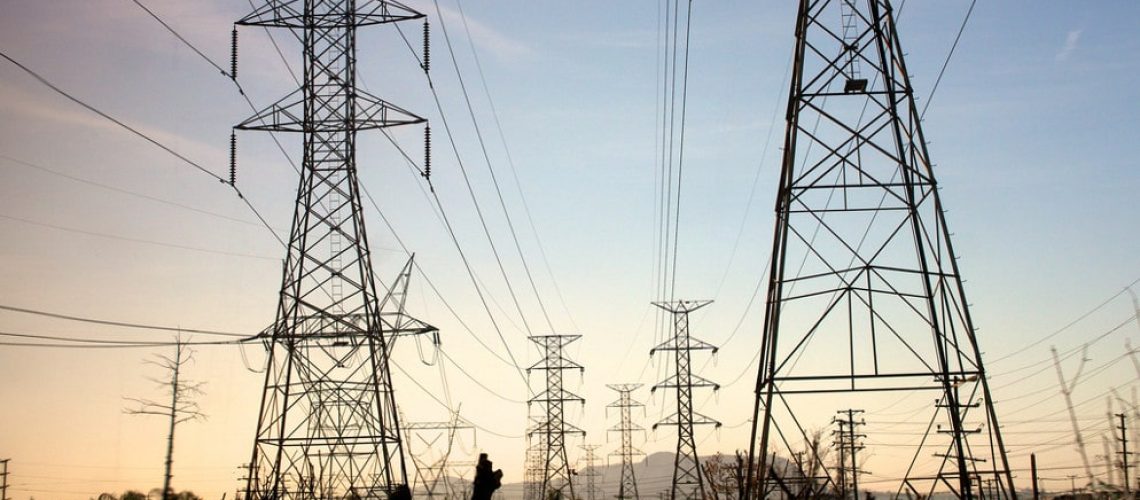As applications to interconnect solar and storage projects have “skyrocketed,” the national solar trade group recommends ways to speed interconnection on both the transmission and distribution grids.
June 15, 2022
Interconnection procedures were designed for the “by-gone thermal generation era,” and need extensive reforms to speed interconnection and meet state and national clean energy goals, said the Solar Energy Industries Association (SEIA) in a white paper. The paper recommends actions for both federal and state regulators.
Regional transmission providers and utilities must add staff to speed interconnection, and should be encouraged to do so, SEIA said. State regulators should also add staff to oversee utility interconnection work.
SEIA added interconnection timelines should have detailed timeframes that are enforced with penalties, in contrast to the “reasonable efforts” standard that the Federal Energy Reglatuory Commission (FERC) claims it has never found to have violated.
Infrastructure upgrade costs must be reasonable, directly related to the connecting project, and reasonably close to the initial estimate. Cost estimates should be transparent, showing prices for materials and labor. SEIA renewed its call for large-scale interconnection customers to have the option to use third-party consultants to produce required studies.
Regulators should require the use of state-of-the-art processes for data collection and studies, and require publication of real-time data showing “how quickly or slowly” projects are moving through the interconnection process—with the data used for enforcement, SEIA said.
When a state enacts a clean energy mandate, policymakers should also enact reforms to speed interconnection, or “at the very least” direct regulators to review interconnection rules.
Large-scale solar reforms
SEIA proposed that transmission providers be required to provide project developers with information on points of interconnection with the lowest likely interconnection costs, as well as detailed information, on a secured website, on other locations, so that developers may estimate network upgrade costs before entering the interconnection queue.
Other proposed reforms include standardizing queue management practices, such as a “first-ready, first-served” process, exploring new models for paying for network upgrade costs, and developing forward-looking transmission planning, as FERC proposed in an April notice.
Rooftop solar reforms
SEIA proposed more transparent distribution system planning, open to stakeholders, to forecast growth of rooftop solar and other distributed resources, identify saturation points, and plan solutions to increase hosting capacity. SEIA advocated a “connect and notify” approach for distributed solar projects under 25 kilowatts.
Utilities should establish a low-cost pre-application process for project developers, SEIA said, that would provide a good estimate of the interconnection upgrade cost needed at a given site—an approach used by 12 states. To reform cost sharing for those upgrades, SEIA pointed to a New York approach authorizing utilities to pay for the cost of a distribution upgrade, and then to collect that cost from the developers whose projects ultimately benefit from it, on a pro rata basis.
In the longer run, SEIA suggested that regulators could enable large-scale and small-scale developers to choose “flexible” interconnection for projects at constrained locations. Flexible interconnection avoids major infrastructure upgrade costs, by instead using controls to monitor the state of the grid and adjust the project’s output to respond to changing conditions.
SEIA based its recommendations on discussions with SEIA member companies and interconnection experts.
FERC is expected to publish a proposed rule on June 16 that will cover “many of the same topics” raised in the white paper, SEIA said.



